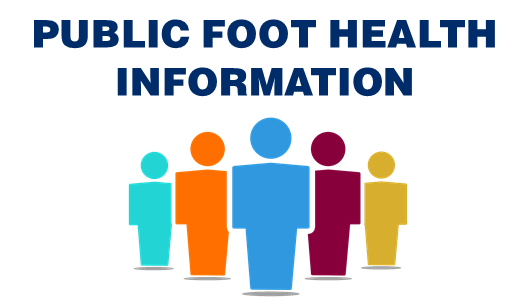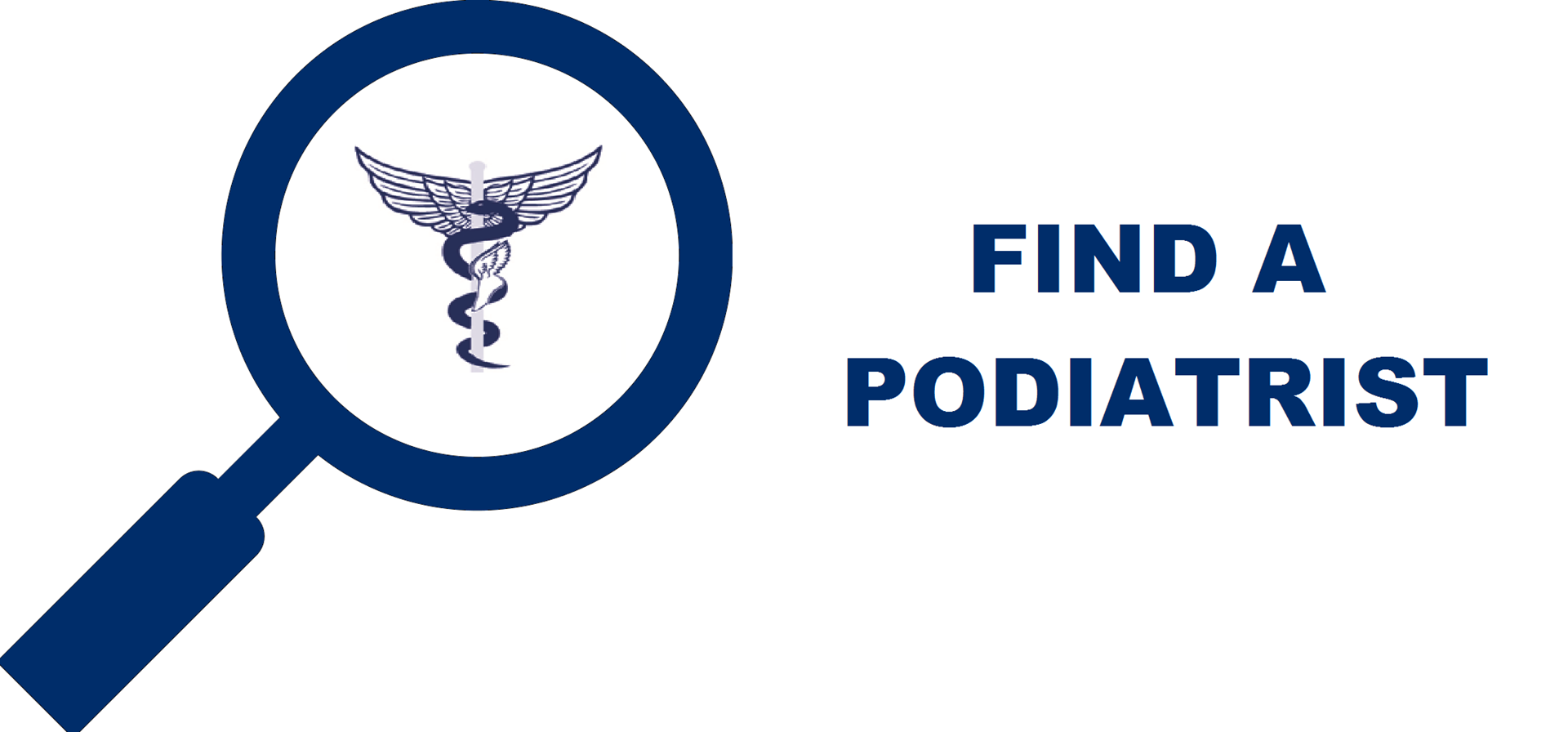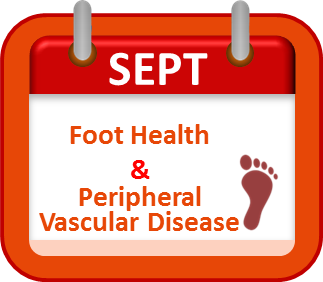|
Peripheral Vascular Disease (PVD)
Foot Condition of the Week: Bunions 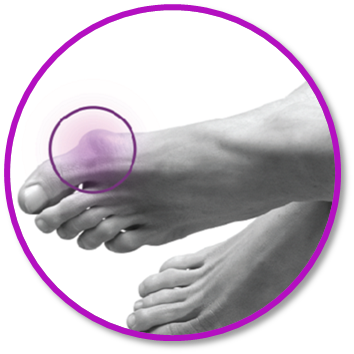
In the presence of PAD, bunions and other foot conditions can become more serious. Because PAD inhibits blood flow, healing is compromised. This may lead to tissue damage or even tissue death, which increases the risk of amputation. The common bunion is a localized area of enlargement of the inner portion of the joint at the base of the big toe. The enlargement represents a misalignment of the big toe joint and, in some cases, additional bone formation. Treatment of bunions can include alteration of footwear, orthotics or surgery. Ontario’s registered Podiatrists are specially trained to treat this and other foot conditions. Good health requires healthy feet. Act now. | Peripheral Vascular Disease (PVD), also called Peripheral Arterial Disease (PAD), or claudication, is a blood circulation disorder that occurs when blood flow to the legs is reduced or completely blocked by atherosclerosis (hardening of the arteries).
When blood flow to one or both legs can’t keep up with demand, the result is leg pain while walking (“intermittent claudication”) and other symptoms. If blood flow to the legs is completely blocked, tissues in the leg and/or foot die, increasing the risk of amputation. Although PAD most frequently affects the legs and feet, it can also affect arteries that carry blood from the heart to the head, arms, heart and other internal organs. According to the Canadian Association of Wound Care, there are approximately 800,000 Canadians affected by PAD. Two out of three Canadians are not aware of the condition and 40% to 50% of the cases are asymptomatic. |
